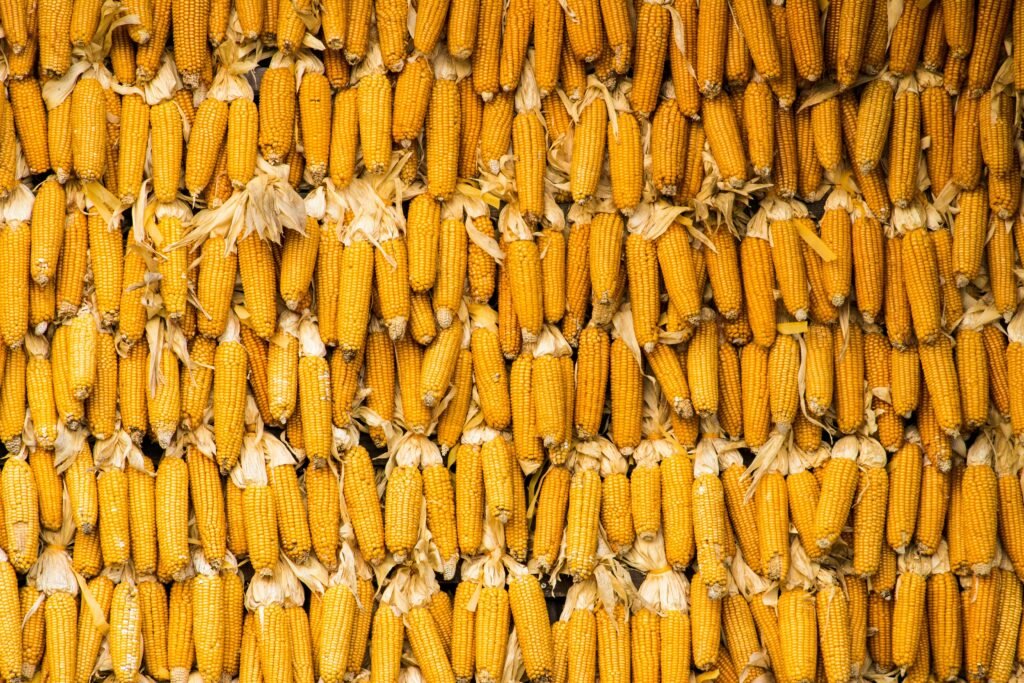Nixtamalization stands as one of humanity’s most ingenious culinary innovations—a process that transforms ordinary corn into a nutritional powerhouse and the foundation of countless traditional dishes. While most modern cooks use commercially prepared masa harina, understanding the traditional nixtamalization process deepens your appreciation for this ancient technique and may inspire you to try it yourself.

The Ancient Science
Nixtamalization dates back at least 3,500 years in Mesoamerica. The word comes from the Nahuatl terms “nextli” (ashes) and “tamalli” (corn dough). Early Mesoamerican civilizations discovered that cooking dried corn kernels in an alkaline solution of wood ash or limestone dramatically improved both the nutritional value and culinary applications of corn.
What these ancient cooks couldn’t have known was the complex biochemistry taking place during this process:
The alkaline environment breaks down the pericarp (outer hull) of the corn kernels, making them easier to grind
It converts bound niacin (vitamin B3) into a bioavailable form, preventing pellagra, a severe nutritional deficiency
It increases protein availability and calcium contentIt enhances flavor compounds while reducing harmful mycotoxins
It improves the corn’s ability to form a cohesive dough when ground
This discovery was not just culinary but profoundly nutritional—it enabled Mesoamerican civilizations to thrive with corn as their primary staple crop.
Traditional Nixtamalization Method
Ingredients
2 pounds (about 1 kg) whole dried field corn (not sweet corn)
2 tablespoons cal (food-grade calcium hydroxide, also called pickling lime or slaked lime)
6 quarts (about 5.7 liters) water
Equipment
Large non-reactive pot (stainless steel, ceramic, or traditional clay)
Wooden spoon (metal can react with the alkaline solution)
Colander or strainer
Bowl for washing
Clean kitchen towels
Process
Day One: Cooking and Soaking
Inspect the corn: Sort through the dried corn kernels, removing any debris, discolored kernels, or foreign objects.
Prepare the alkaline solution: In a large pot, dissolve 2 tablespoons of cal in 6 quarts of water, stirring with a wooden spoon until the water becomes cloudy and the cal is fully dissolved.
Heat the solution: Bring the water to a gentle boil over medium heat.
Add the corn: Once the water is boiling, add the dried corn kernels and stir well to ensure all kernels are submerged.
Simmer: Reduce heat to maintain a gentle simmer. Cook for 15-20 minutes, stirring occasionally to prevent kernels from sticking to the bottom of the pot. The kernels will change color slightly, becoming more yellow or taking on a golden hue.
Test for readiness: After about 15 minutes, remove a kernel and let it cool. Try removing the pericarp (the thin outer skin) with your fingers. It should slip off easily when the corn is properly cooked. If not, continue cooking for another 5 minutes and test again.
Rest overnight: Once the pericarp removes easily, turn off the heat. Cover the pot and let it stand overnight (12-16 hours) at room temperature. This extended soaking time allows the alkali to fully penetrate the kernels.
Day Two: Washing and Grinding
Drain the corn: Pour the nixtamal (the treated corn) into a colander, allowing the alkaline cooking liquid (nejayote) to drain away.
Wash thoroughly: Under cold running water, rub the kernels between your hands to remove the loosened pericarps. Continue rinsing and rubbing until the water runs clear and most of the pericarps have been removed. This typically requires 3-4 changes of water.
Final inspection: After washing, inspect the nixtamal. The kernels should feel firm but slightly swollen, with most of the pericarps removed. They should have a clean, sweet corn aroma.
Grind the nixtamal: Traditionally, nixtamal is ground on a metate (stone grinding platform) or with a manual stone mill. In a modern kitchen, a heavy-duty food processor, grain mill, or specialized corn grinder can be used. The goal is to produce a smooth, cohesive masa with minimal water addition during grinding.
Test the masa: Properly ground masa should hold together when pressed between your fingers and have a soft, pliable texture.
Modern Variations and Adaptations
While the traditional method uses calcium hydroxide (cal), other alkaline substances can be used:
Wood ash water: Used by many indigenous communities, particularly in North America
Culinary-grade lye (sodium hydroxide): Used in some regions, but requires careful handling
Baking soda: A milder alkaline agent that produces less dramatic results but is readily available
For home cooks without specialized grinding equipment, a compromise approach is:
Follow the nixtamalization process through the washing stage
Coarsely grind the nixtamal in a food processor
Finish by hand-grinding small batches in a molcajete (stone mortar and pestle)
Sustainability and Cultural Considerations
The industrialization of corn production and processing has led to concerns about:
Loss of traditional landrace corn varieties with unique flavors and properties
Environmental impacts of large-scale corn monoculture
Disconnection from traditional knowledge and techniques
By learning about and practicing traditional nixtamalization, you participate in preserving cultural heritage and potentially support:
Smaller-scale farmers growing heirloom corn varieties
More diverse and resilient agricultural systems
The transmission of ancestral culinary knowledge
When sourcing corn for nixtamalization, consider seeking out heirloom varieties from indigenous producers or specialty suppliers who focus on preserving corn diversity.
Safety Notes
When working with calcium hydroxide (cal):
Always add cal to water, never water to cal
Avoid inhaling the powder
Wear gloves to protect your skin
Keep away from children
Store in an airtight container in a dry place
The nejayote (alkaline cooking liquid) is caustic and should be diluted before disposal. It is traditionally used as a cleaning agent or for treating other foods but should not be consumed directly.